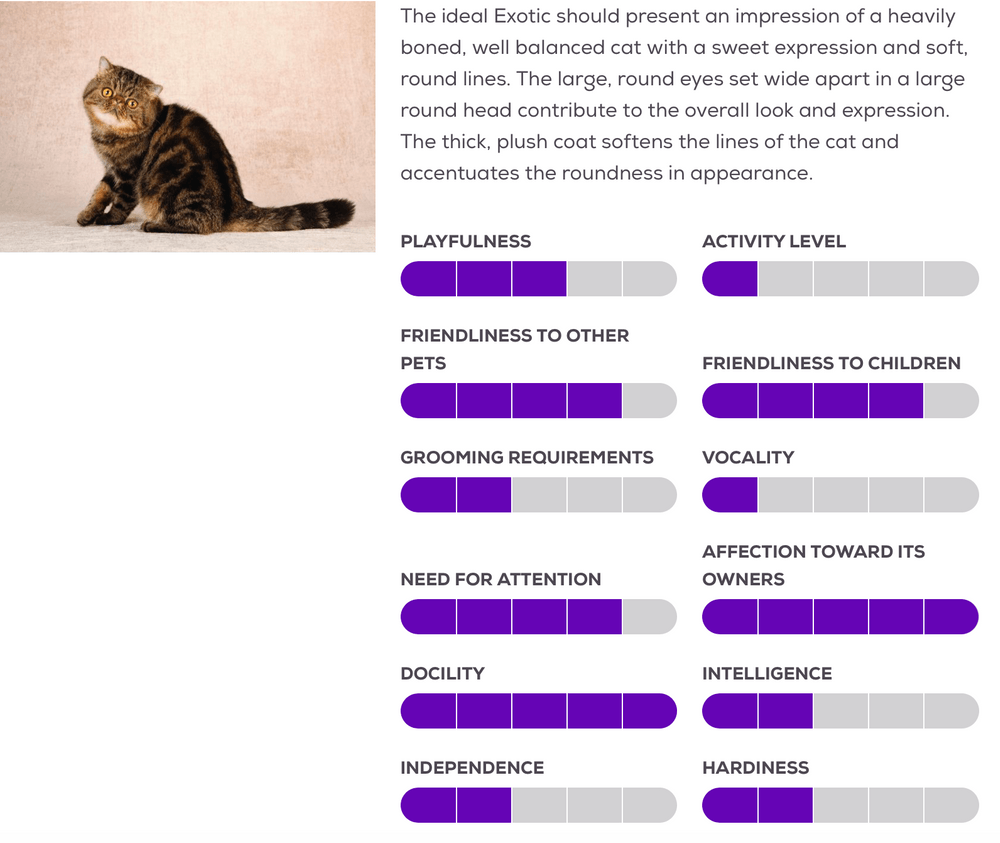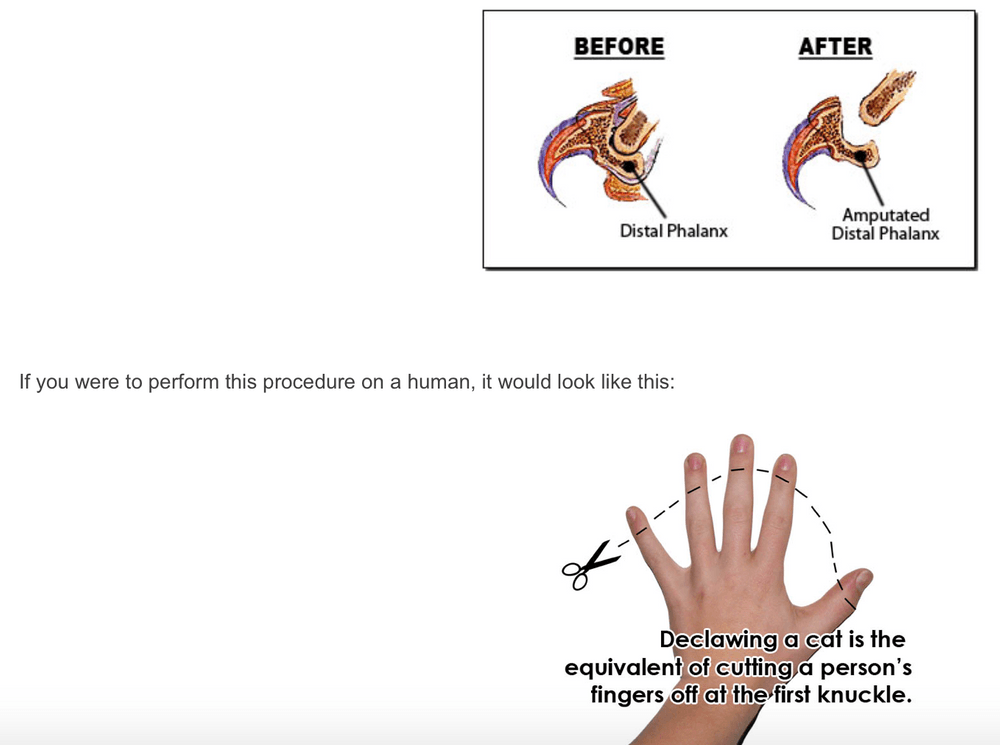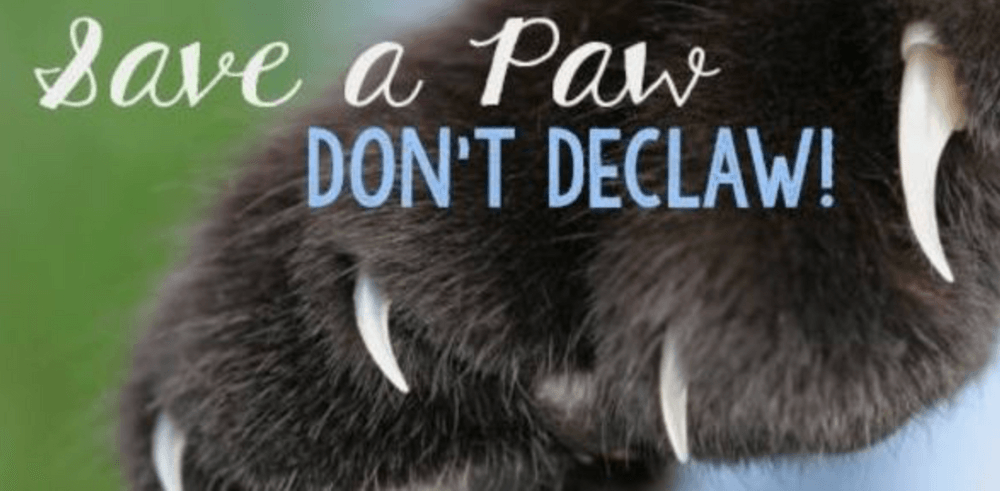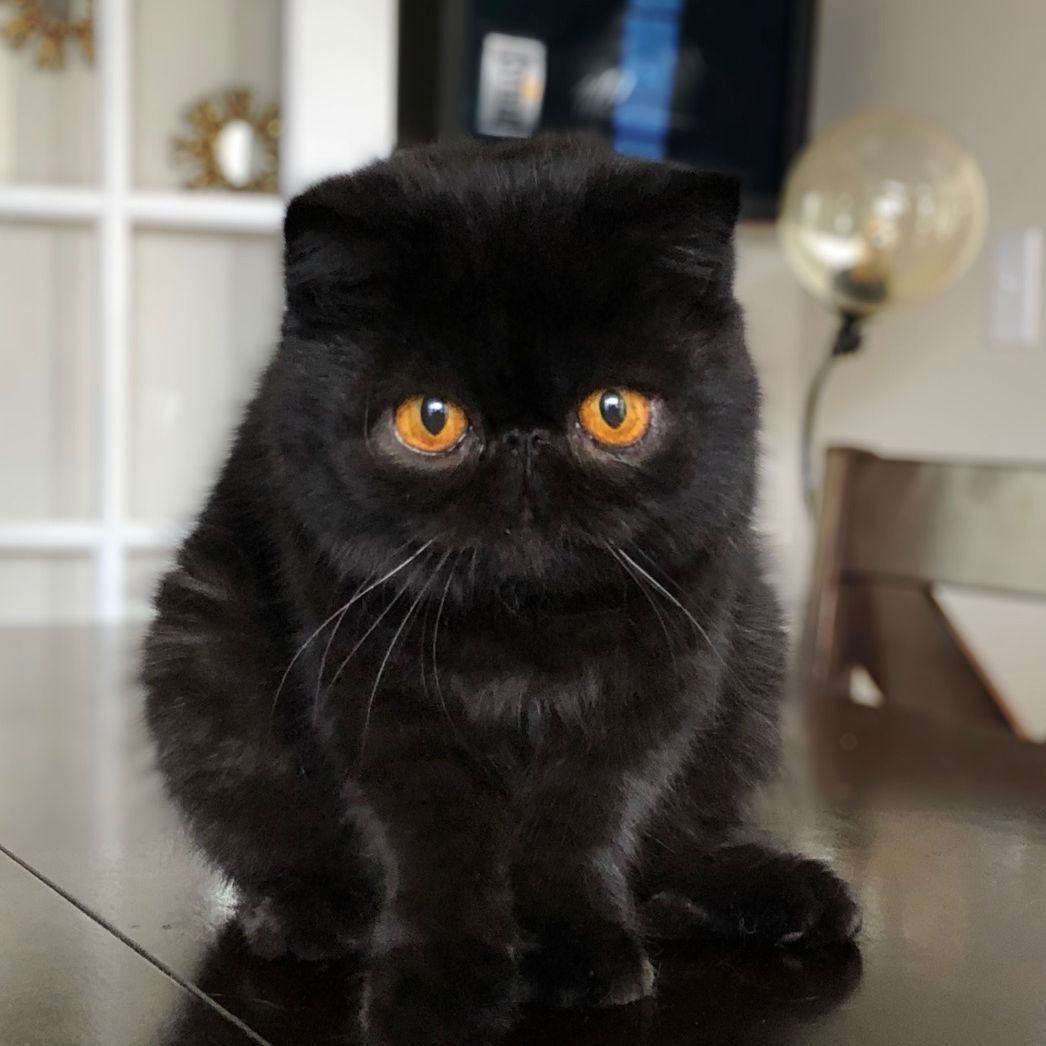Exotic Shorthair Facts
- Temperament: Quiet, sweet, peaceful, easygoing & affectionate. Great family companions!
- Coat: Medium length, soft, plush coat with a dense undercoat
- Body: Round head, muscular cobby body, short/thick tail, small round ears
- Size: medium sized, 7-12 pounds on average
- Eyes: Large and round. Set far apart giving a sweet expression to the face. Eye color is related to coat color
- Lifespan: 8-15 years
- Care: Although exotics do not have long coats, they still shed and require weekly brushing and monthly bathing. Eye tearing does occur so be sure to wipe their face down daily.
Caring for an Exotic
- Grooming: Although the breed does not have a long coat like the Persians, they still require daily grooming and monthly bathing. This breed does shed and may even mat if not properly groomed. Regular brushes will not remove the dead hair or mats. It is best to use a a greyhound comb as this can get down into the under coat to remove all dead hair without stripping the healthy hair. DO NOT use a "ferminator" as this will ruin and cut their thick plush coat. It is also not a good tool for removing dead hair. Bathing should be done every 4-6 weeks or as needed, this will help remove dead hair, oil and dirt as well as prevent hairballs.
- Eyes: Exotics are well known for their huge round eyes! They require daily eye cleaning to prevent the accumulation of bacteria and stains. As with most brachiocephalic breeds (flat faces), tearing is more prevalent. You may notice a small accumulation of brown/red tears around the eyes. Gently clean the outer area of the eyes with a warm and soft wash cloth and/or cotton ball. You may use distilled water, saline solution or a commercial eye cleaner for cats. This should be done on average of 2 times a day or as needed.
- This breed is also more prone to eye ulcers due to their large eyes that may "stick out" more than that of your average cat. It is necessary to keep nails cut short to prevent an accidental scratch on their cornea. If you notice excessive squinting, cloudiness of the eye, blood in the eye or excessive rubbing of the eye, a vet trip may be needed. Please note that eye ulcers take a very long time to heal and may "look worse" before they look better! It is important that you take the time to do research on eye ulcers if your cat/kitten develops one to ensure the proper treatment. This is a condition that needs to be seen by a vet sooner than later.
- Vet care: It is important that you schedule an appointment with the vet within the first 72 hours to have your new cat/kitten examined. Be sure to bring the copy of there vaccinations and health certificate with you so that they can appropriately schedule the next visit and set of vaccinations. Vet care is very important for all animals but be sure to research the veterinarian prior to taking a cat/kitten to be seen. Note that Exotic Shorthairs are not as common as your average house cat and many vets may rarely/never have cared for one, try and find a vet experienced with this breed and their specific needs.
- Diet: Depending on the breeder, cats/kittens may be given kibble, wet, raw or a combination of all. Please be sure to ask the breeder what the cat/kitten is used to eating before taking them home. It is crucial the you continue the same diet for a few weeks and slowly change the food to what you prefer. PLEASE DO NOT change their food as soon as you take them home as this can cause gastrointestinal issues such as vomiting and diarrhea. Diarrhea and vomiting in young kittens can quickly cause dehydration which may lead to lethargy and a trip the vet. At Bellamoree, cats/kittens are primary raised on a raw diet (a blend of chicken, beef, rabbit). We do offer kibble throughout the day for them to snack on but this is more of a "treat" for them.
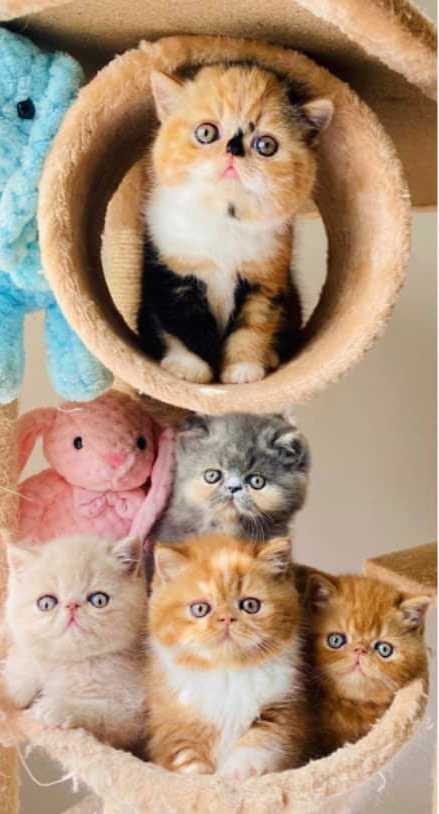

What is declawing?
- Did you know that 33% of cats who have been declawed had at least 1 behavioral problem such as increased biting frequency & more than 15% stopped using their litter box?
- Did you know that declawing your cats does not just remove their nails? It is actually equivalent to amputating your fingers at your knuckles, leaving you with a stub.
- Did you know that having your cat declawed can lead to health problems such as back pain, arthritis and muscle weakness (just a few of many)?
- Please educate yourself prior to making this decision.
- There are plenty of alternatives to having your cat declawed!
- We have also included some research articles for more information.
- http://www.pawproject.org/faqs/
- http://www.declawing.com/the-truth-about-declawing
References
“FREQUENTLY ASKED QUESTIONS ABOUT FELINE DECLAWING.” End Cat Declawing | Animal Welfare | The Paw Project, www.pawproject.org/faqs/
“Exotic Cat Breed Information, Pictures, Characteristics & Facts.” CatTime, cattime.com/cat-breeds/exotic-cats#/slide/1.
LLC, Aquanta. “The Truth About Declawing - Technical Facts About Declawing.” Declawing.com, www.declawing.com/the-truth-about-declawing.

